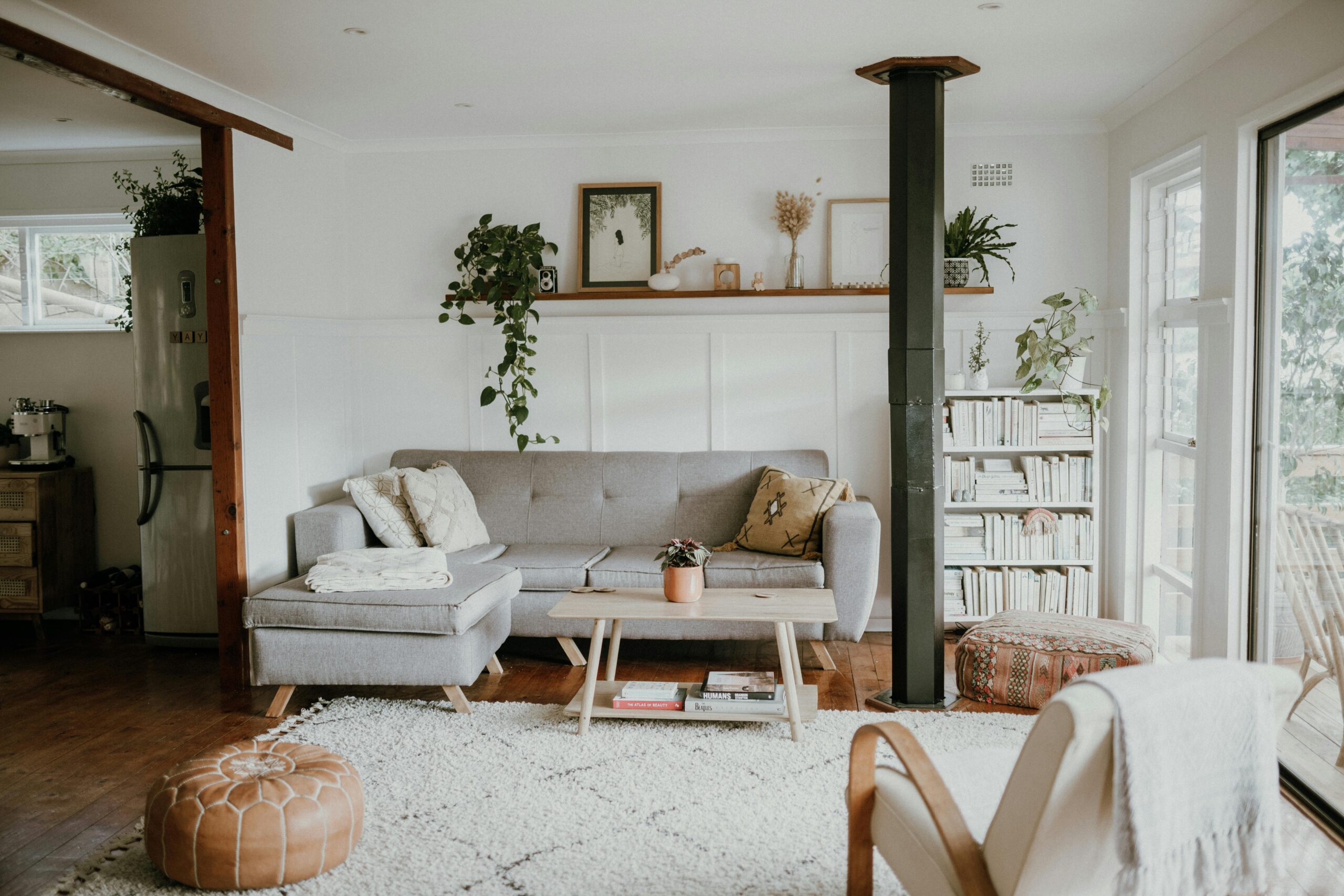Deciding between area rugs and wall-to-wall carpet is a fundamental choice that can dramatically impact both the aesthetics and functionality of your home. Each option offers distinct advantages and limitations that extend beyond mere appearance. Whether you’re renovating your living room or redecorating a bedroom, understanding the differences in flexibility, cost, style impact, and maintenance requirements can help you make an informed decision that aligns with your lifestyle and preferences. This article will explore the key considerations to help you navigate the area rugs vs wall to wall carpet pros cons cost comparison.
Flexibility and Versatility
Area rugs offer unparalleled flexibility compared to their wall-to-wall counterparts. You can easily swap them out seasonally, move them between rooms, or replace them entirely when you’re ready for a design refresh. This adaptability makes area rugs particularly appealing to renters, frequent redecorators, or homeowners who appreciate the ability to evolve their space over time. If you’re uncertain whether to choose rug or carpet for living room spaces, consider how often you like to update your décor.
Wall-to-wall carpeting, on the other hand, provides consistent coverage and a unified look throughout a space. It creates a seamless visual effect that can make rooms appear larger and more cohesive. This permanence is ideal for homeowners committed to a specific aesthetic for the long term or those seeking to create a consistent feel throughout connecting spaces. Many homeowners prefer wall-to-wall options when they choose rug or carpet for bedroom areas, appreciating the cozy, quiet atmosphere it creates.
Cost Considerations
The financial implications of these flooring options extend beyond the initial purchase price. When evaluating area rugs vs wall to wall carpet pros cons cost comparison, it’s important to consider both short-term and long-term expenses. Wall-to-wall carpeting typically requires professional installation, which adds to the upfront cost. However, quality carpeting can last 10-15 years with proper care, making it potentially economical over time for stable living situations.
Area rugs generally involve a lower initial investment, particularly when you already have acceptable flooring underneath. You can also scale your investment by placing higher-quality rugs in prominent areas while using more affordable options in less visible spaces. This strategic approach allows for budget flexibility that wall-to-wall carpeting doesn’t offer. According to design experts at AskHomey, many homeowners find that combining bare floors with strategic area rugs offers the best balance of warmth and value.
Style Impact and Design Considerations
Wall-to-wall carpeting creates a consistent foundation that can either fade into the background or make a bold statement, depending on the color and texture chosen. It excels at creating a sense of comfort and reducing noise, making it particularly suitable for bedrooms, family rooms, and spaces where a cozy atmosphere is desired. When you choose rug or carpet for bedroom spaces, wall-to-wall options provide that much-desired soft landing for bare feet on cold mornings.
Area rugs function more like dynamic design elements, offering the opportunity to incorporate pattern, texture, and color in a controlled way. They can define separate functional areas within an open floor plan, anchor furniture groupings, and introduce visual interest without overwhelming a space. For those wondering whether to choose rug or carpet for living room designs, rugs offer the ability to create zones for conversation, dining, or entertainment within a larger space.
Maintenance and Longevity
The maintenance requirements differ significantly between these flooring options. Wall-to-wall carpeting requires regular vacuuming and occasional deep cleaning, but cannot be removed for thorough cleaning. Stains and wear patterns can be particularly problematic, potentially requiring professional intervention or even premature replacement of the entire carpet.
Area rugs can be lifted, shaken out, and in many cases, professionally cleaned or even washed. This accessibility makes them easier to maintain at a high standard and potentially extends their practical lifespan. For households with pets, young children, or frequent entertaining, the ability to thoroughly clean or replace a soiled rug rather than living with a permanently stained carpet represents a significant advantage in the area rugs vs wall to wall carpet pros cons cost comparison.
Health and Environmental Factors
Wall-to-wall carpeting can harbor allergens, dust mites, and pet dander within its fibers and backing, potentially affecting indoor air quality. While regular deep cleaning helps mitigate these issues, the fixed nature of wall-to-wall carpeting means these potential irritants remain in your living environment.
Area rugs offer the health advantage of being removable for thorough cleaning, reducing allergen buildup. Additionally, the hard flooring beneath can be completely sanitized periodically. This combination provides better air quality management, particularly beneficial for allergy sufferers. The environmental impact also differs, with area rugs typically requiring fewer resources to produce, transport, and eventually dispose of compared to wall-to-wall installations.
For more tips and to connect with reliable home service professionals, follow AskHomey on Facebook and Instagram.



